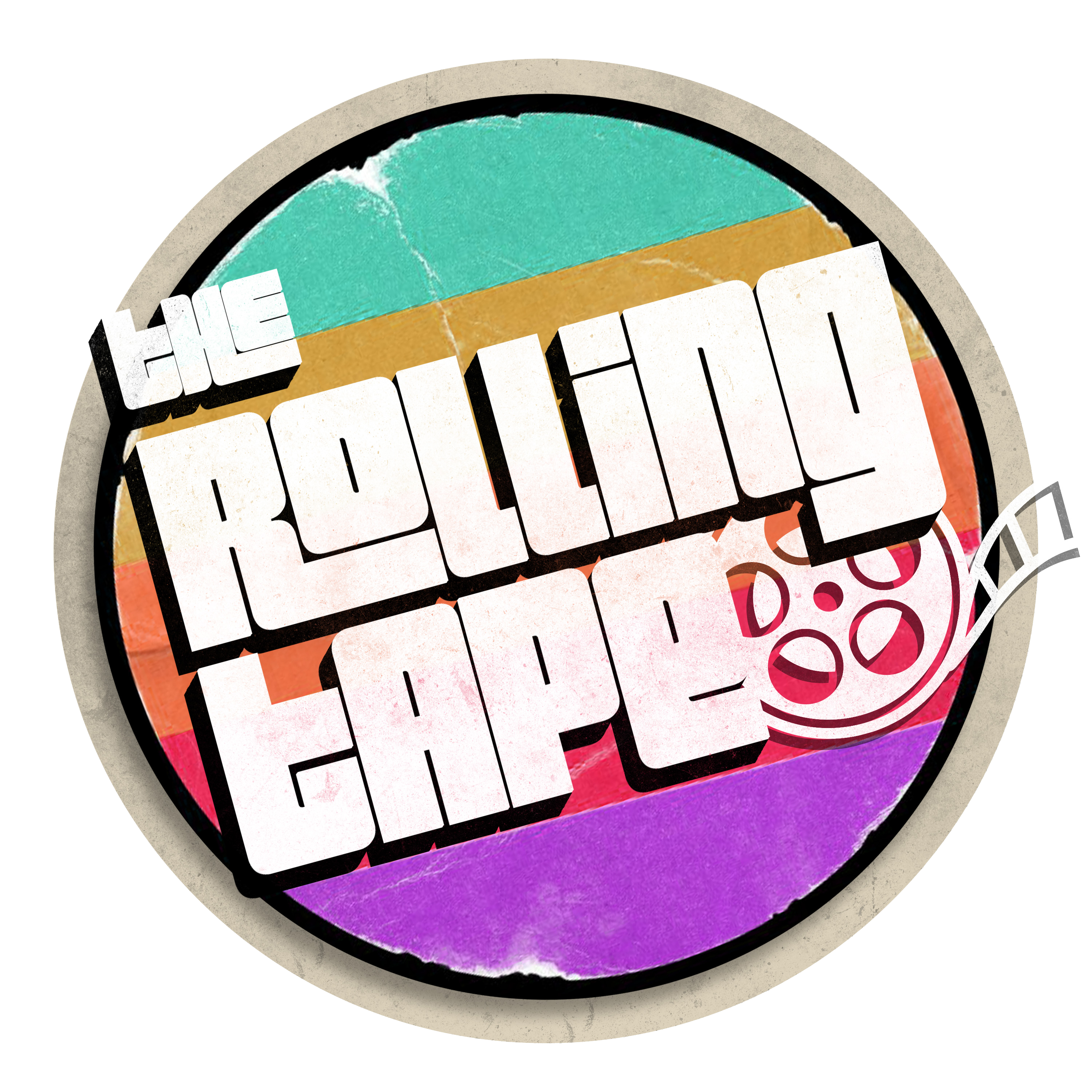What comes next in the story after the world is doomed to end?
Unlike most stories, director Mike Flanagan’s adaptation of Stephen King’s 2020 novella The Life of Chuck starts at the end, going from Act III back to Act I. It’s one of the film’s unique attributes that makes it feel different from other King stories tackling similar themes.
As the title implies, the film tracks the life of Chuck Krant (Tom Hiddleston), a man we are introduced to as the smiling accountant listed on countless billboards. We follow the last people on earth as they question (quite humorously) who Chuck is — as do we. It doesn’t take long for us to go through the major milestones in his life, following Chuck from his deathbed at the age of 39 to his childhood when he first learned the beauty of dancing from his grandmother (Mia Sara). The end result is a sweet but safe story about human morality and the preciousness of life’s carefree moments.
If you’re wondering where the horror elements come in upon Flanagan’s involvement, you may be surprised that The Life of Chuck is a much more crowd-pleasing drama about the little moments. And it is in these kinds of sequences that Flanagan stretches his directorial skills to new heights. Particularly, the film’s mid-dance break is a true delight and finds complete strangers coming together for no reason but pure joy. It’s the unexplained spontaneity that an impressive Hiddleston — along with dance partner Felicia (Karen Gillan) — brings to the scene.
But while the film is memorable in many moments, the mundane and lifeless narration by Nick Offerman drags the story down. Rather than letting the audience piece together the thematic undercurrents between the three acts, the narration is used as a crux to bind the story together by necessity rather than real emotional catharsis. This especially comes clear in the final third — which follows Chuck’s upbringing — where the film’s messages are being directly spelled out to the audience.
There’s a reason why the first section of this film is the strongest: it’s because the film hasn’t played its cards. There’s an intriguing mystery to all of the billboards with Chuck hanging around when nobody knows where or who he is. There’s an intriguing mystery to the post-apocalyptic set-up where the impact on everyday grieving people pulls us in. This is also where Flanagan’s ability to build tension and unease comes into play with the unknown. But as soon as the film begins to explain itself, it loses something in the process.
For fellow fans of King and Flanagan, it is exciting to see their artistic collaboration continue into uncharted territory. There are moments here that rival the unexpected emotional revelations in shows like The Haunting of Hill House (2018) and The Fall of the House of Usher (2023) that showcase Flanagan’s depth as a director. Every scene featuring or involving dance is destined to go down as a 2024 best. But the film as a whole is too clean and carefully packaged for a story dealing with our own mortality — something the script doesn’t ever seem to fully face or grapple with along with the characters.
Review Courtesy of Matt Minton
Feature Image Credit to Intrepid Pictures via Indiewire

Recent Comments